Tomorrow marks the Winter Solstice. I consider this my new year's eve so have laid out the coming year's projects on the calendar. No resolutions but rather what I plan to tackle and more or less, when and how I would prefer to go about my business. By business, I mean my work and personal experience. It feels good to have a plan.
It also feels good to know that bit by bit, the light will be returning. In this relatively bleak phase of human history, I appreciate the dance of our solar system. Although that performance is full of surprises, it does offer a certain reliability especially against the uncertainty of human drama.
It's funny how uncertainty so easily elicits fear depending of course on your personality. Uncertainty feeds anxiety of the unknown even though everything outside of this moment is unknown. And it's so easy to feel more afraid in the dark
So, this is a perfect occasion to remember that if I find myself wigging out about things that have absolutely nothing to do with me (which is most things), to remind myself to be present. It's a practice. And a good one! Generally speaking, unless I start catastrophizing, life at this moment is pretty good. Always. I have so much to appreciate and be grateful for.
Aside from regular meditation practice, the most helpful technique to snap yourself into the present moment is to use your senses.
- Touch something, even your own hands
- Taste something even if it's water
- Smell something good
- Listen, really pay attention to decent music, the birds, the wind, the rain or if you have to, traffic
- Look at something as if it's the last time you'll see it
We get so trapped in thought while surrounded by remarkable beauty and delight.
Oh, and while you're at whatever it is you choose to help pull yourself back to wherever the rest of your body is operating, breathe. So simple, you barely have to think about it.
Well, that's my intention as I go about my business in the coming year; to practice appreciating the little glories of each moment.
And whatever the drama of the day or amount of daylight, I'm reminding myself to focus on the light within.
“This is the solstice, the still point of the sun, its cusp and midnight, the year’s threshold and unlocking, where the past lets go of and becomes the future; the place of caught breath.” ― Margaret Atwood.
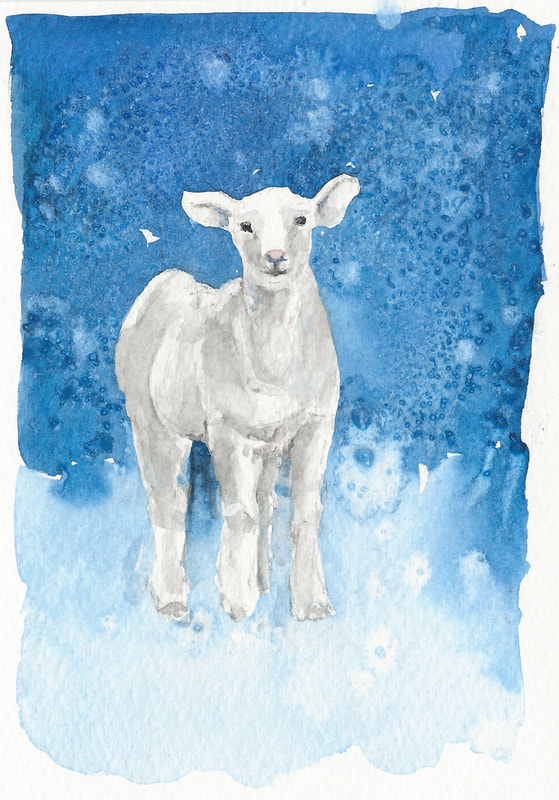
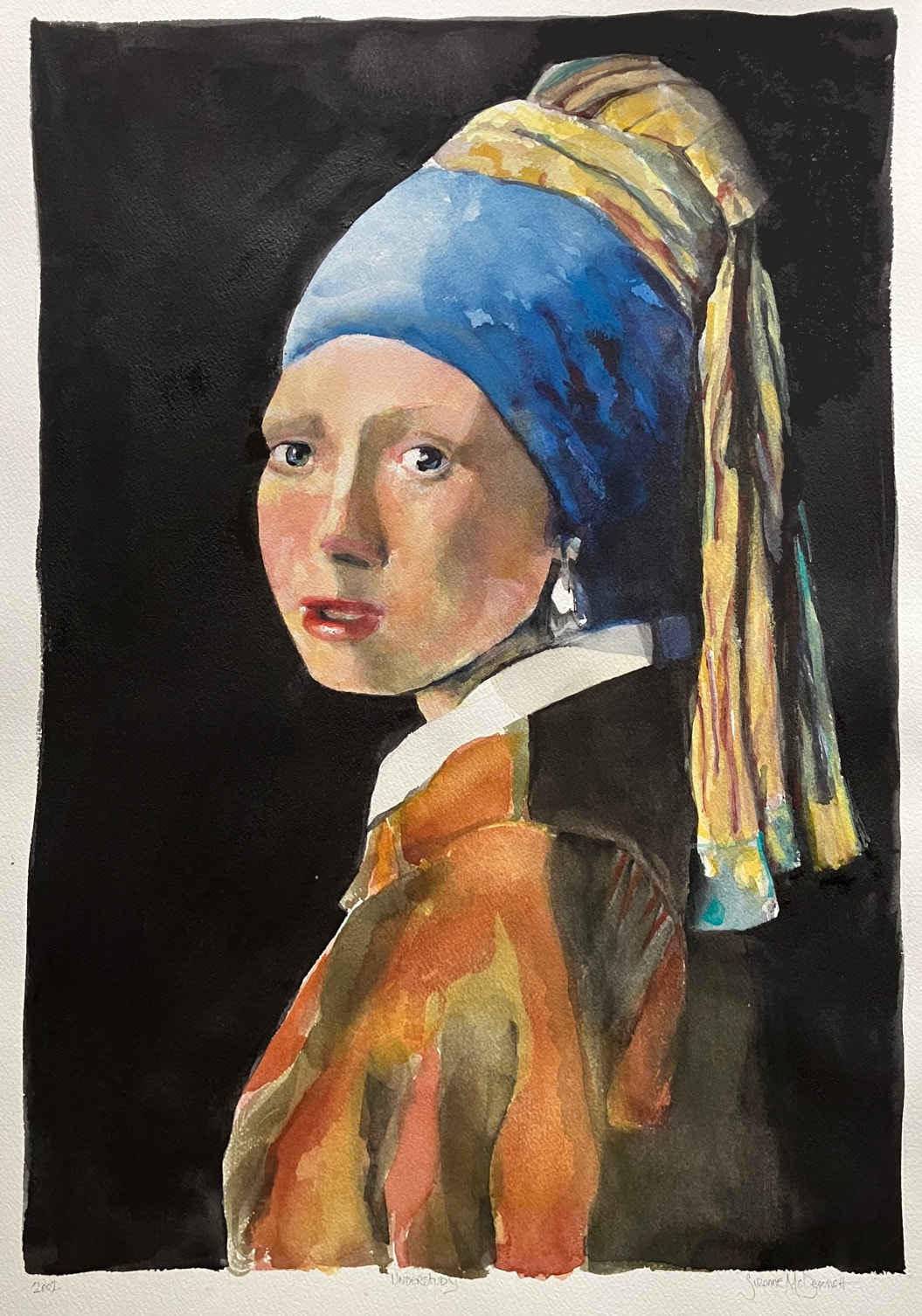
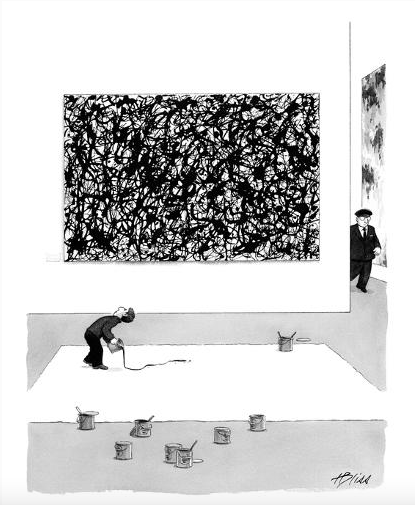
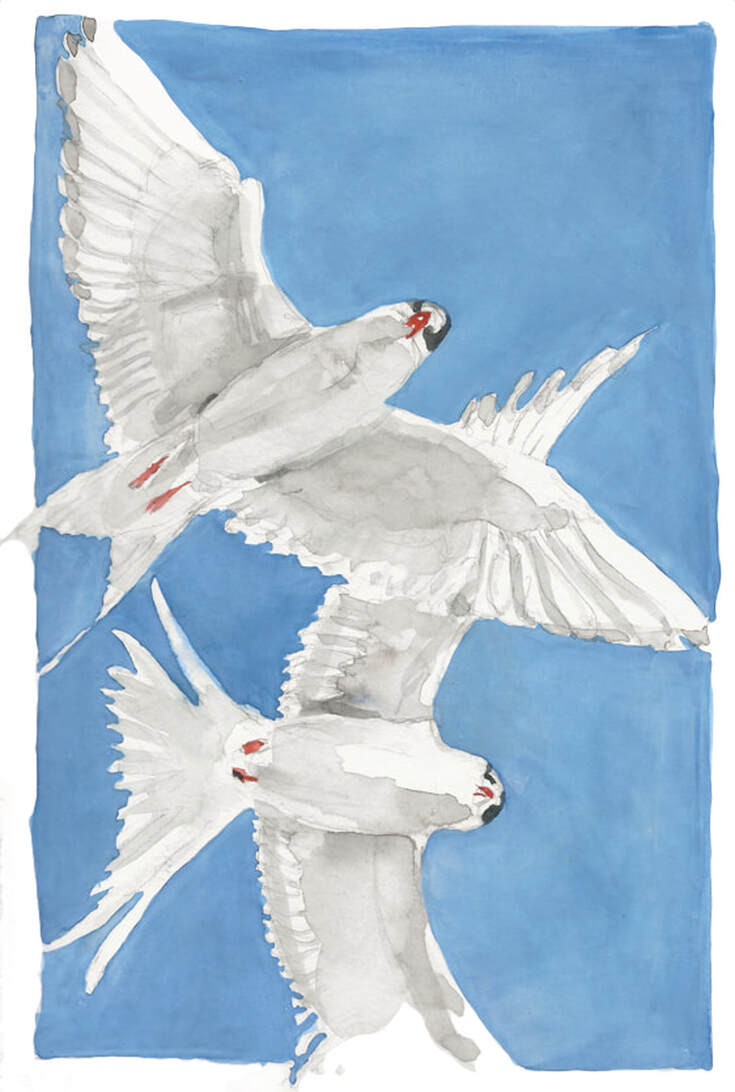
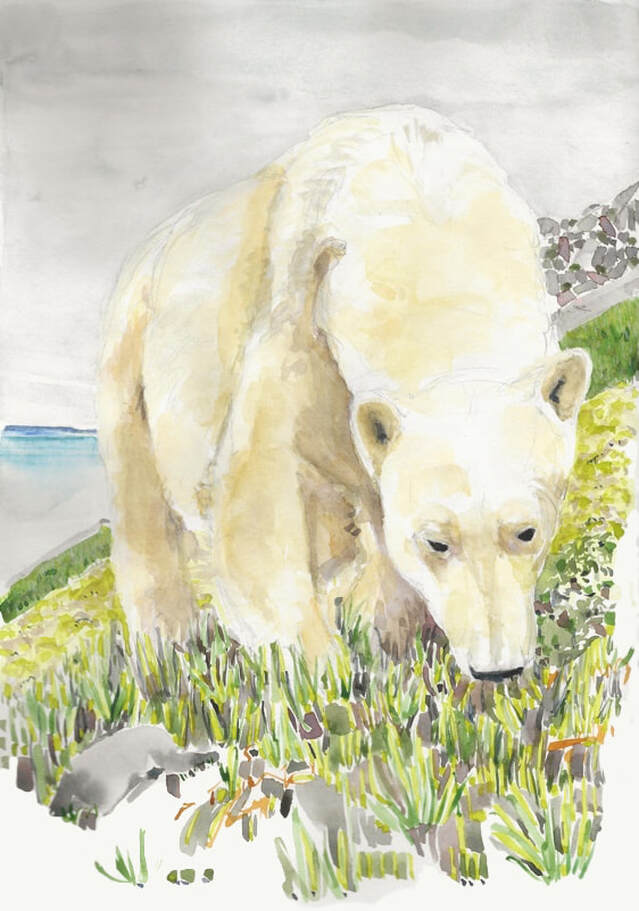

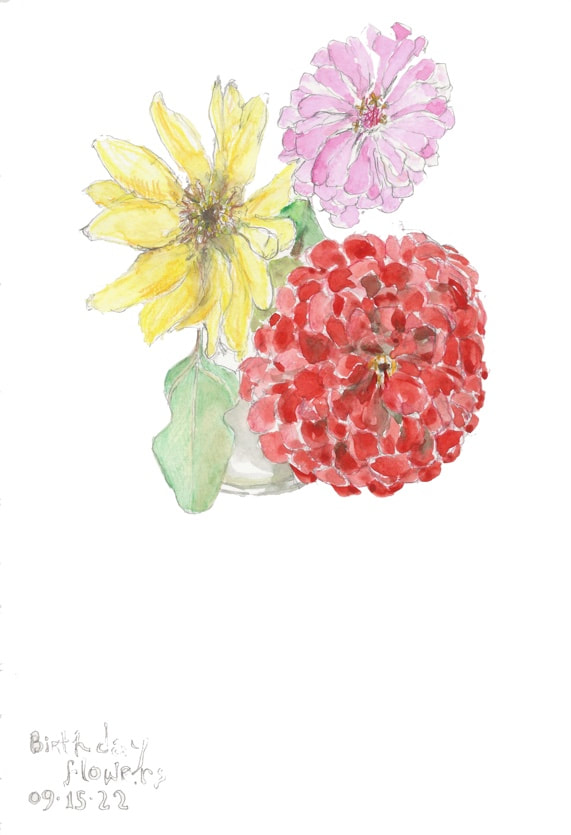
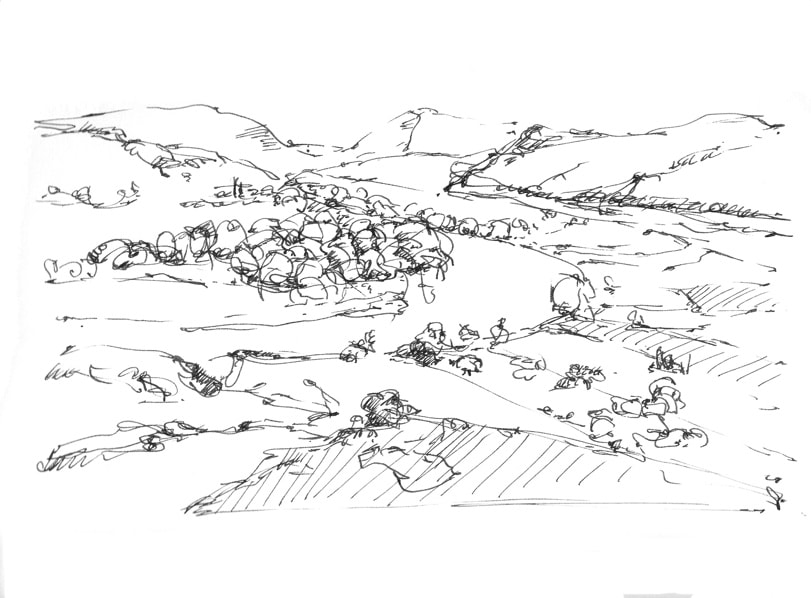
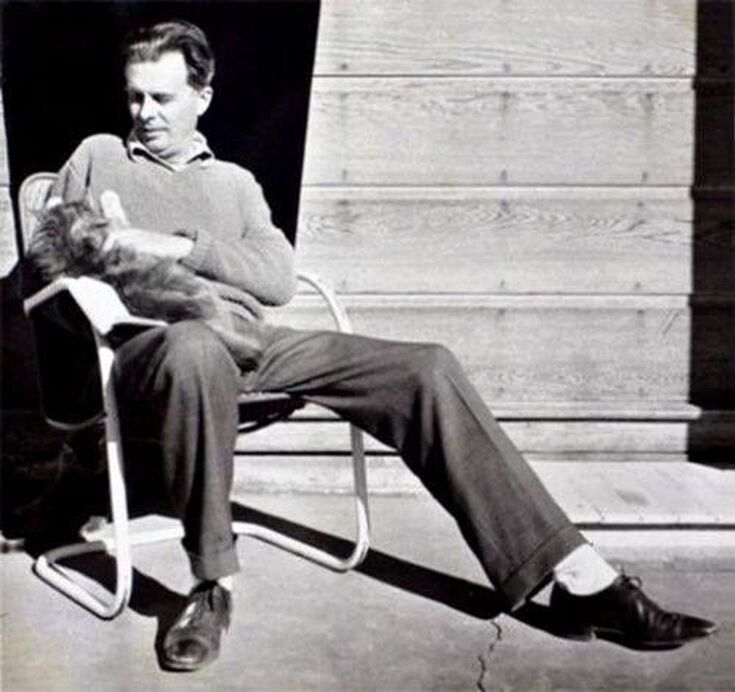

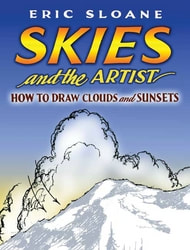
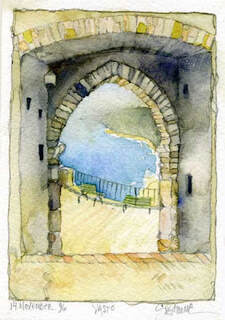
 RSS Feed
RSS Feed